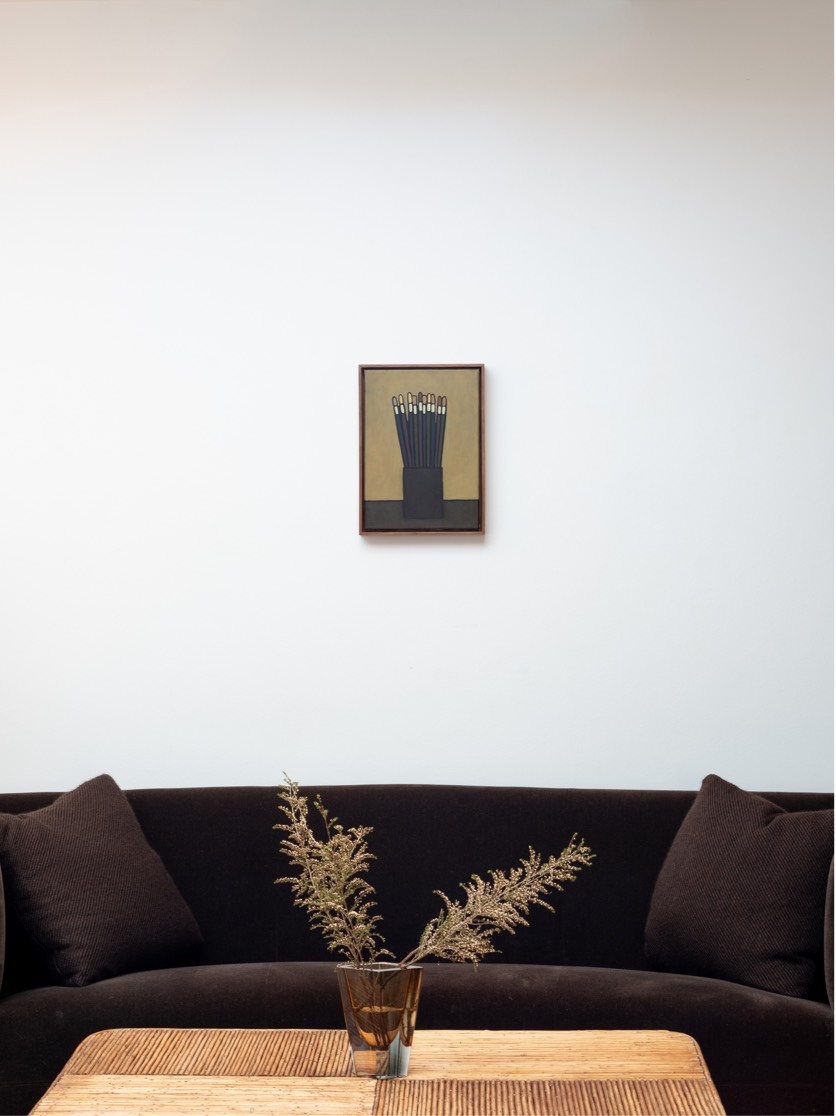
William Wright
Quiet Days
Curated by Sara Lee Hantman
“It’s personal. A house is someone you know; a home is someone you love. The Japanese, on returning home, cry ‘Tadaima!' In their hallways; it’s ‘Hi Honey, I’m home!’ But addressed to the home, not to the honey… A greeting to a building, a ‘How have you been?’ to your own four walls.”
–Robert Bound
Light, privacy, sound: it has become more evident than ever that these architectural and interior conditions are as much sensorial as they are structural – implicit conductors, orchestrating everything from the way we move and feel, the work we produce, and how we communicate to the outside. For the British artist William Wright (b. Nottingham, UK, 1971), the studio interior and painting practice are irrevocably reflexive. Wright’s first solo exhibition in Los Angeles at Seventh House, Quiet Days presents intimately scaled paintings in conversation with the gallery’s historic architecture: the Danziger Studio and Residence built by Frank Gehry in 1964. Recalling the still lives of Giorgio Morandi, subdued landscapes of Alfred Wallis, and graphic interiors of James Castle, Wright’s paintings take us on a tour of a home that is part real and part imagined. Invoking the studio as a personal sanctuary, Wright shares his meditations on daily life, routine, personal space, and the notion of necessity. The carefully secluded and light-filled Danziger Studio and Residence which Gehry originally intended as an artist’s live/work space – with its wood and stucco walls of double thickness, sound proof doors, and clerestory windows that never faced the street at eye level – is perhaps a temple in that regard.
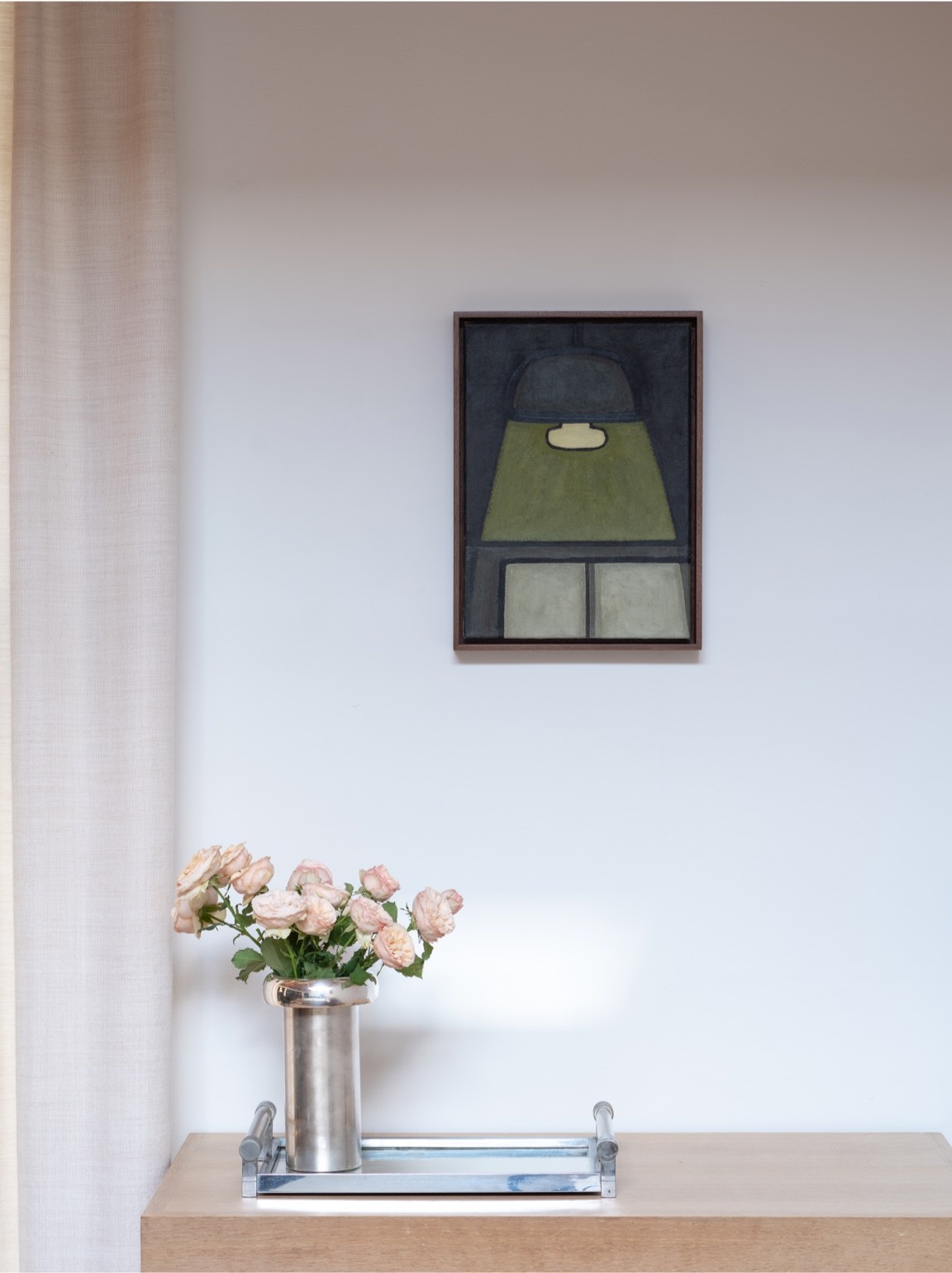
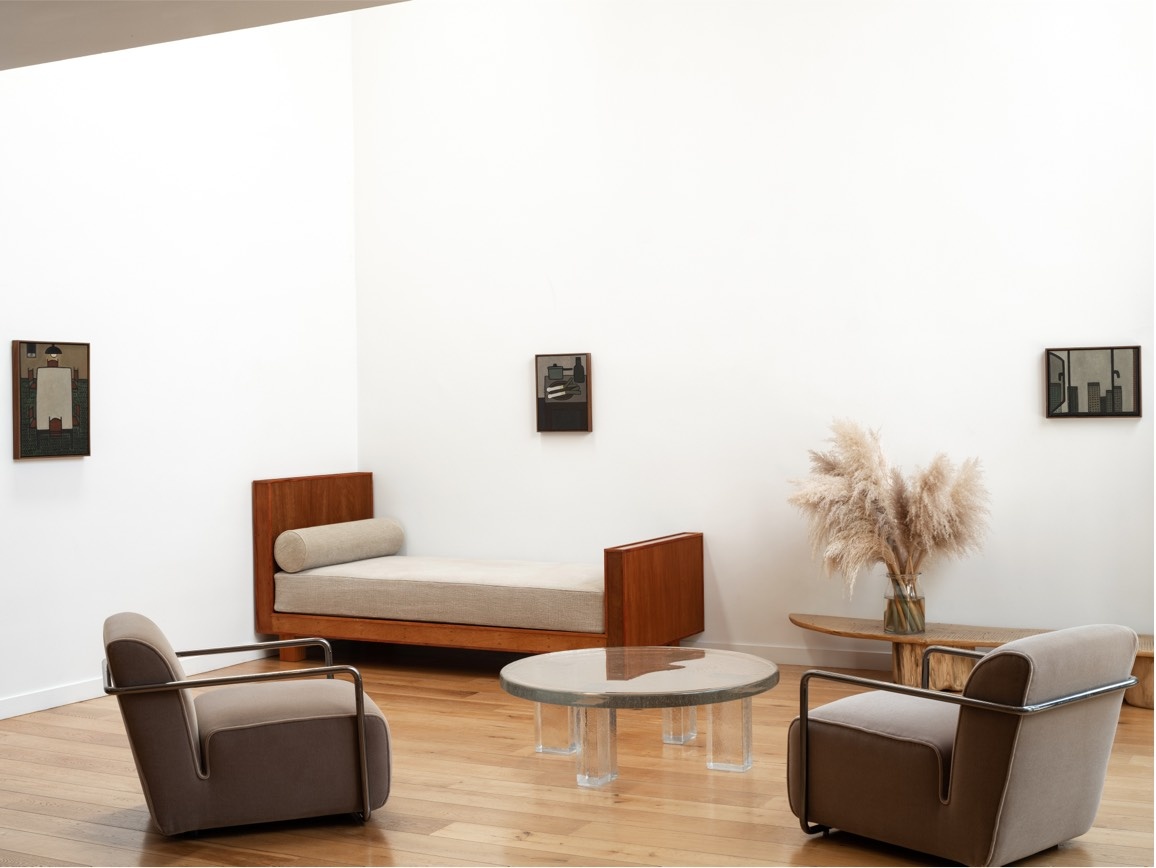
Inspired by the signature Angeleno structure, Wright has adopted some of its brooding qualities, representing the skylight, kitchen, dining room, and bedroom in his own similarly reticent paintings. From a soulful distance, each is portrayed in Wright’s typically muted palette, where all extraneous detail is removed to interpret a singular point of focus and restraint, much like Gehry prioritized in his design.
In Los Angeles: the Architecture of Four Ecologies, Reyner Banham recognizes European influences on the building including Le Corbusier’s chapel at Ronchamp and even likens it to “the design of studio houses in Europe in the twenties…” He states, “This elegantly simple envelope not only reaffirms the continuing validity of ‘the stucco box’ as Angeleno architecture, but does so in a manner that can stand up to international scrutiny.”
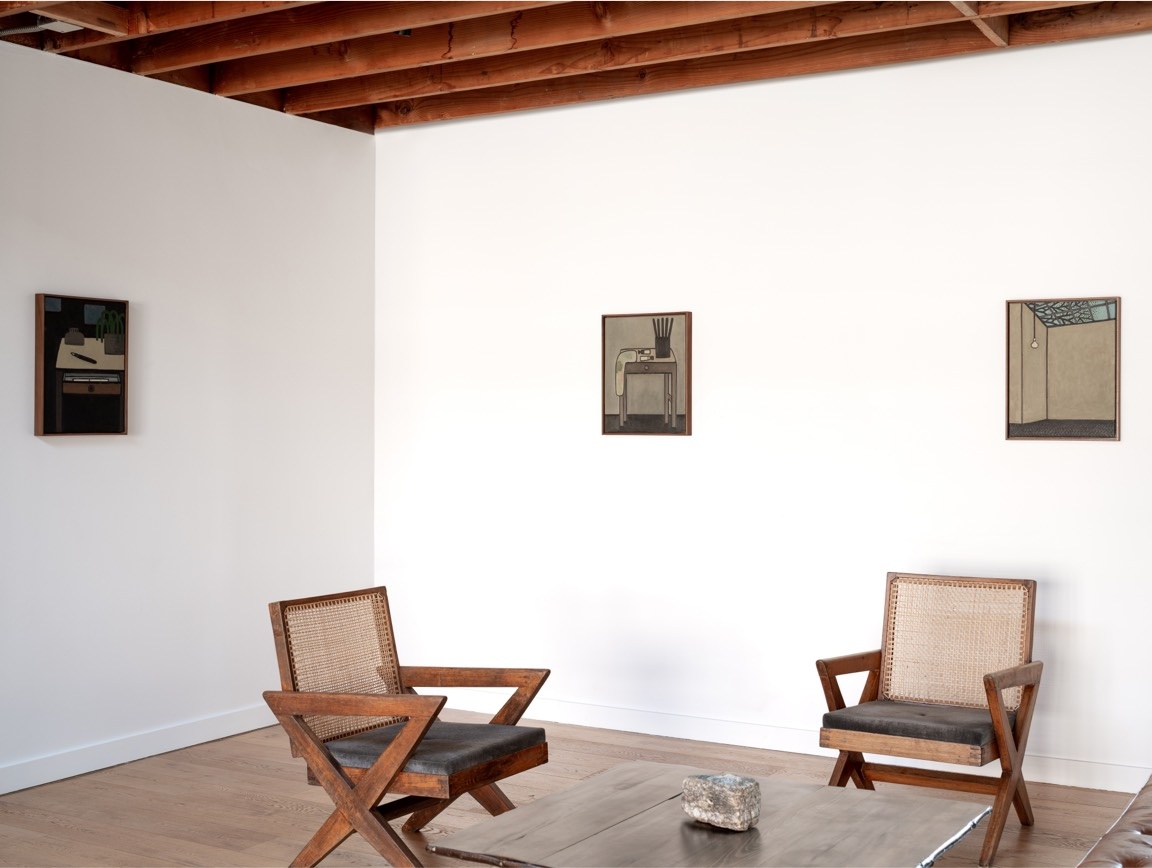
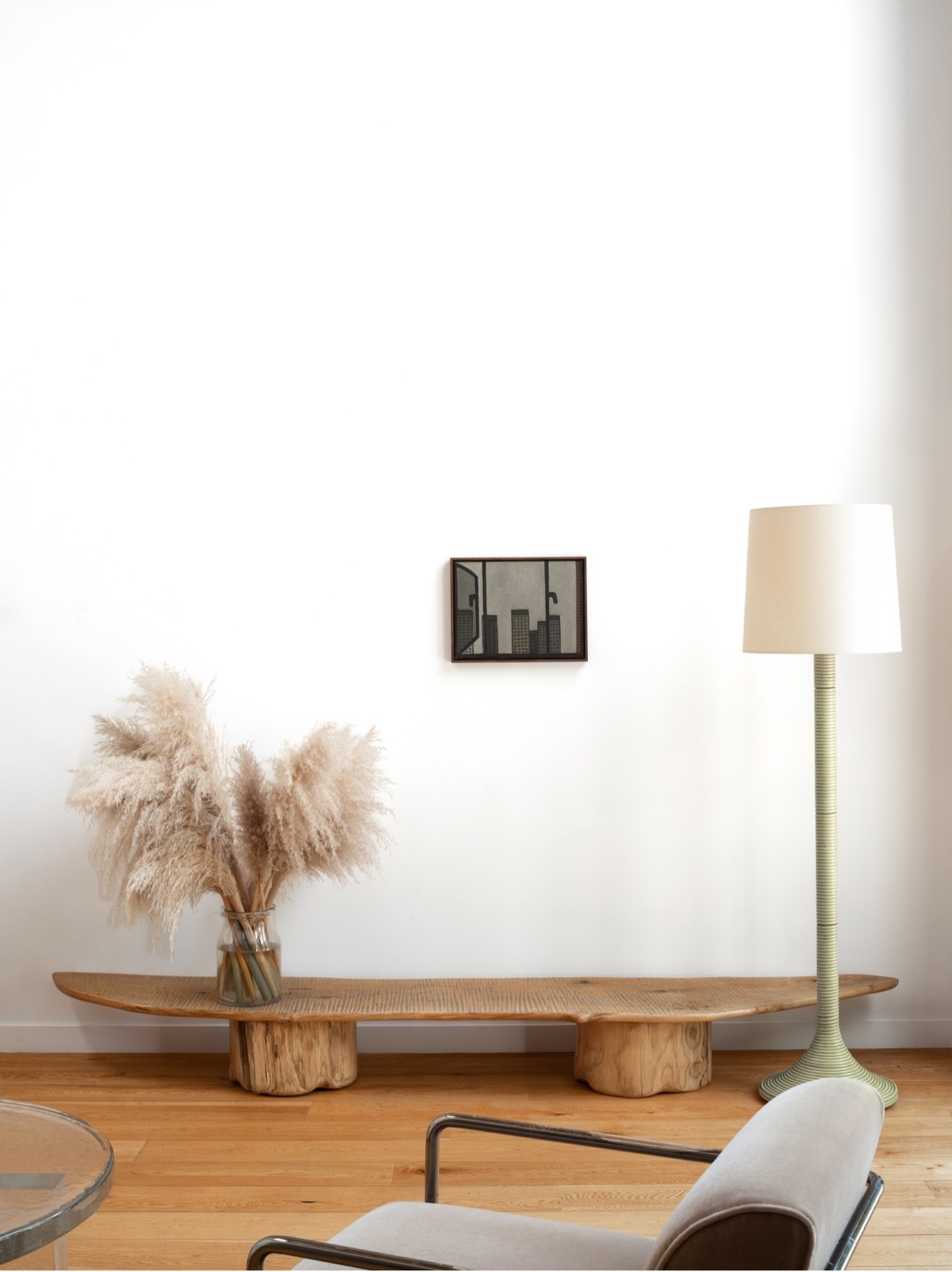
In London, despite the immense city landscape that encircles Wright’s neighborhood, the paintings, similarly to the space on bustling Melrose Avenue in which they are shown, imbue a peaceful sense of stillness and possibly timelessness. As both the artist and architect have intended, this “stucco box” and all the initial starkness and banality it represents, unfolds as a tender gift for its visitors seeking a quiet corner amidst the cacophony of our present time.
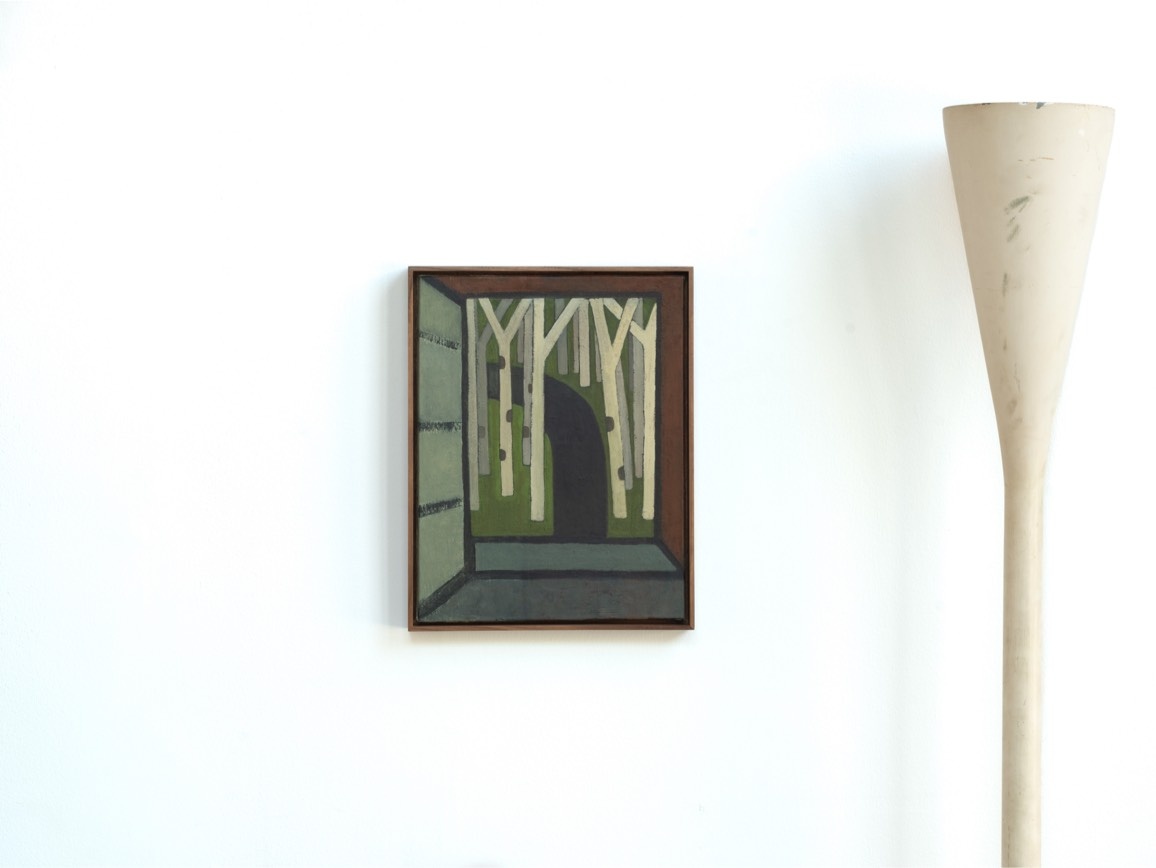
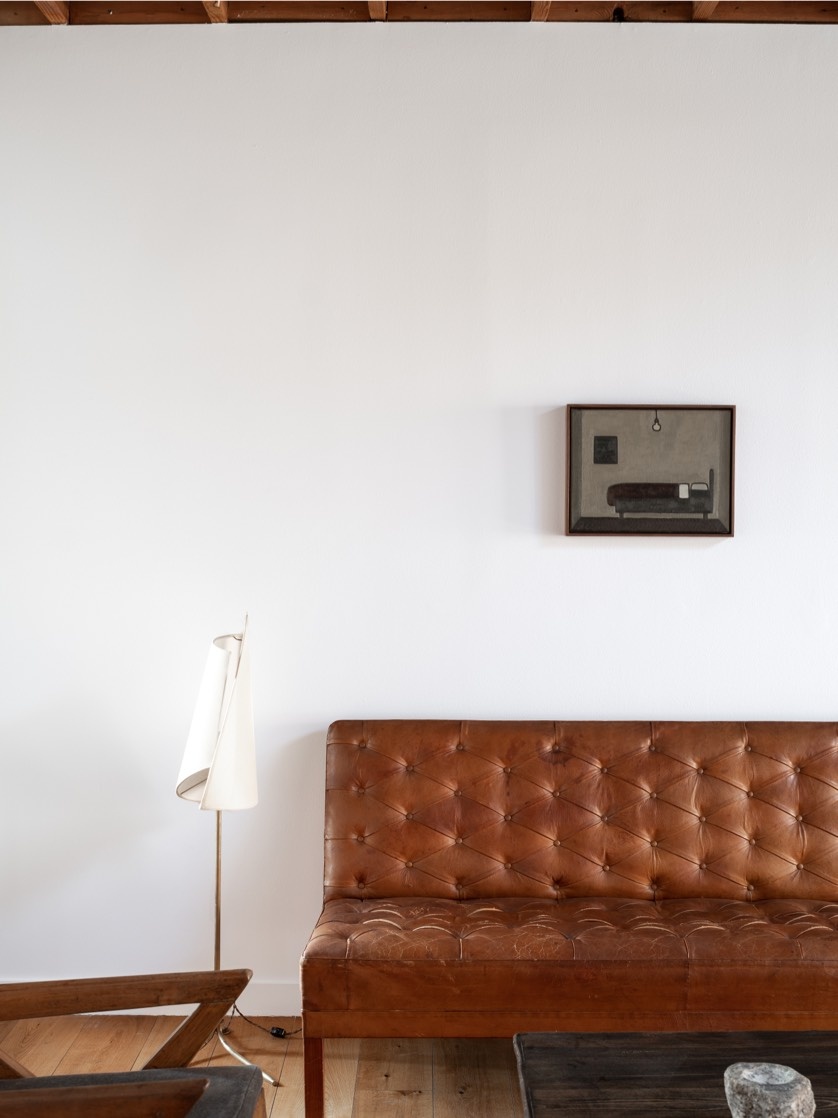
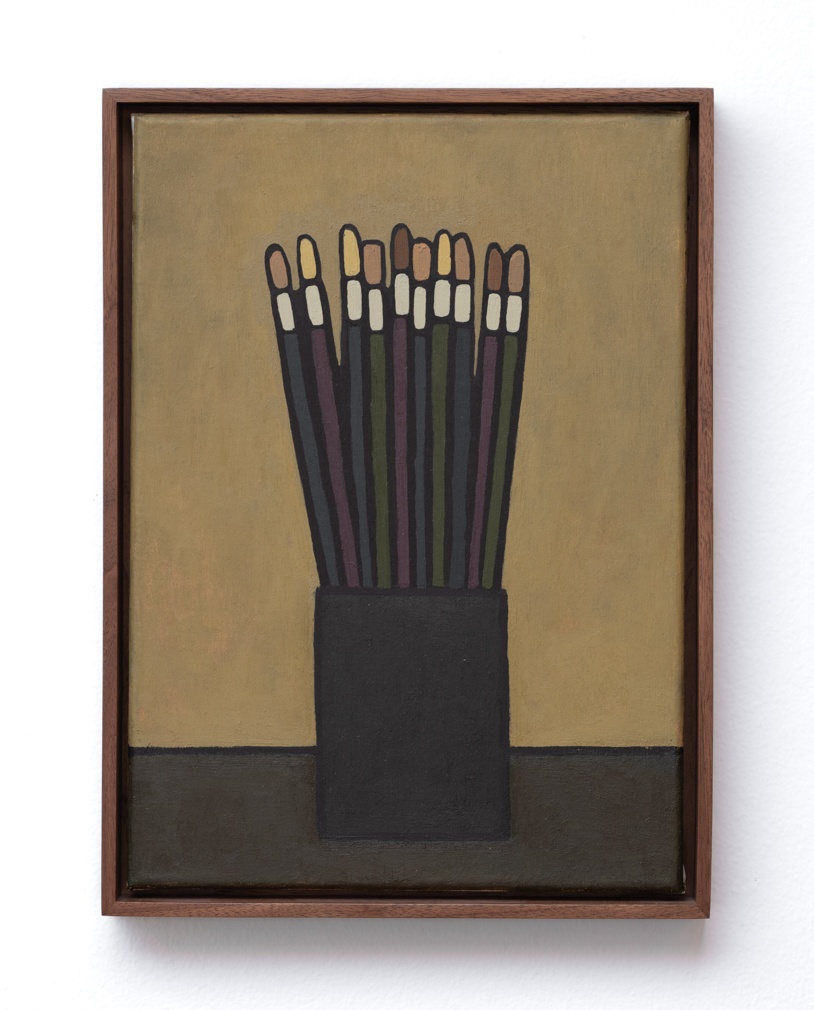
WILLIAM WRIGHT
PAINT BRUSHES
2021-22
UNITED KINGDOM
OIL ON CANVAS
H14
W12
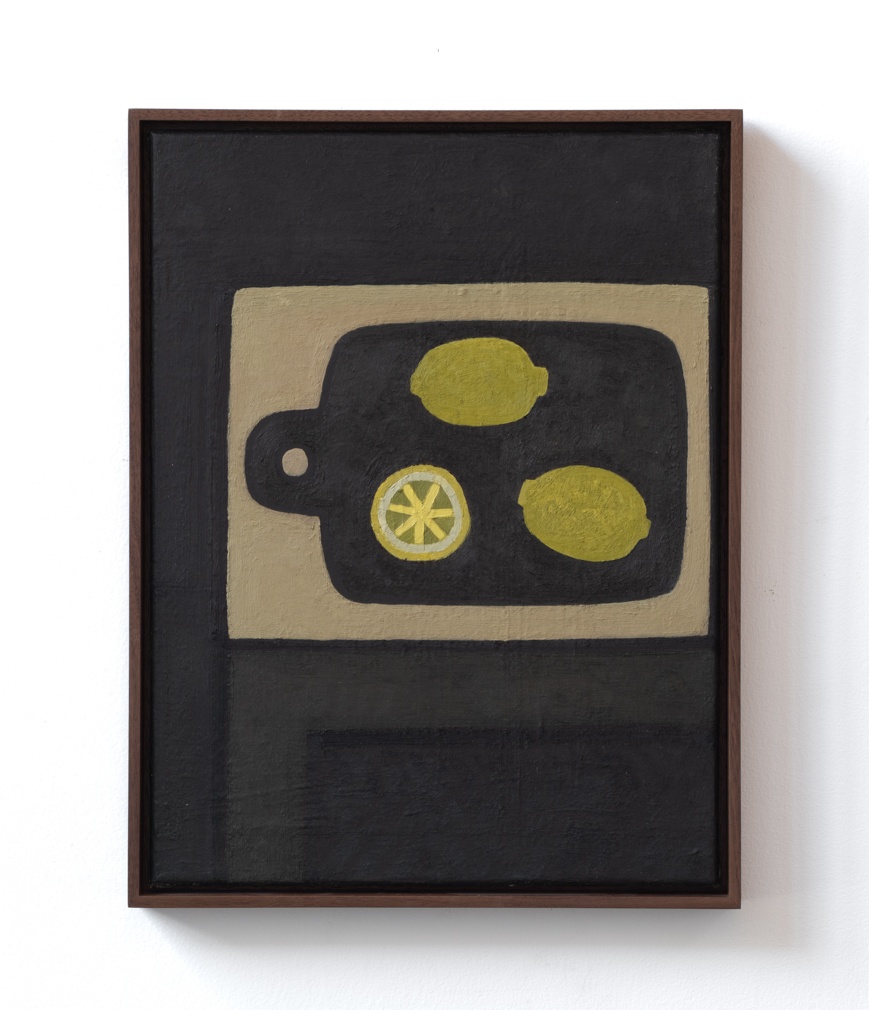
WILLIAM WRIGHT
STILL-LIFE WITH LEMONS AND CHOPPING BOARD
2021-22
UNITED KINGDOM
OIL ON CANVAS
H14
W12
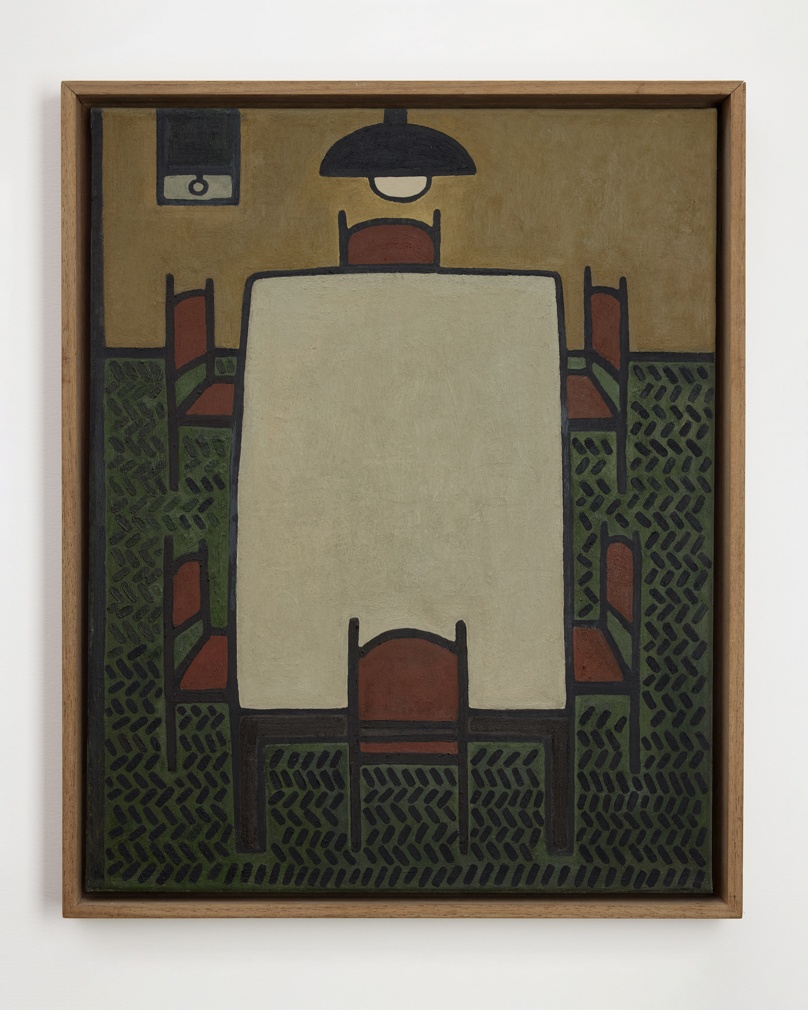
WILLIAM WRIGHT
THE DINING TABLE
2021-22
UNITED KINGDOM
OIL ON CANVAS
H20
W16
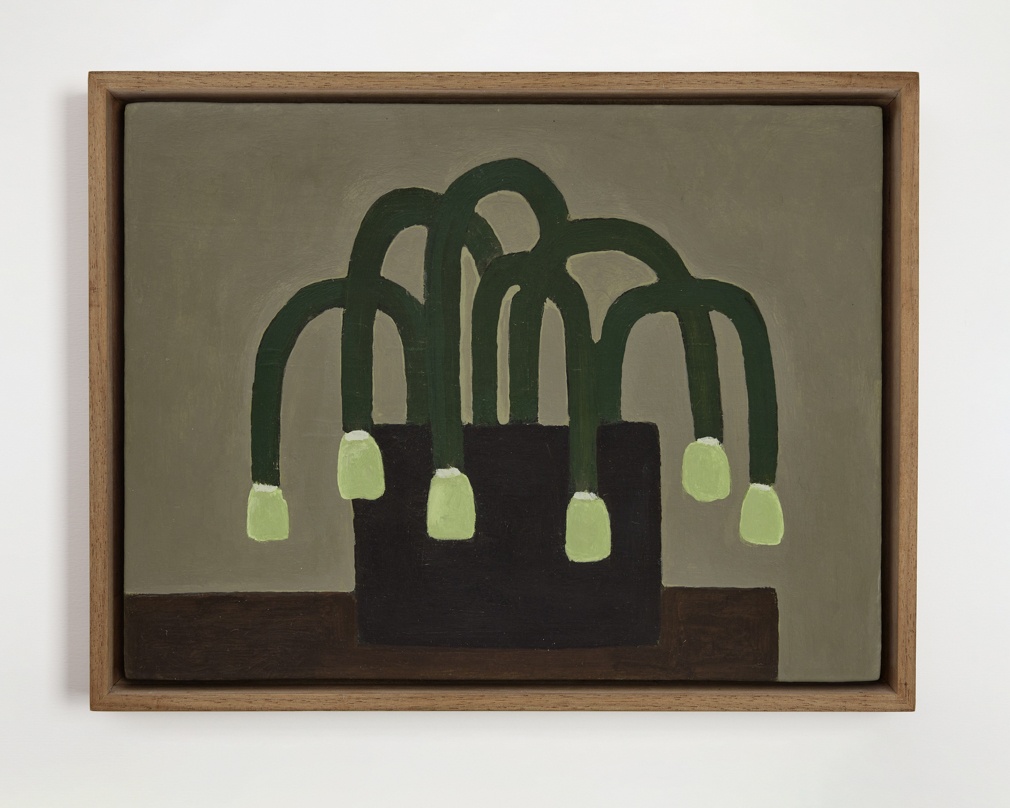
WILLIAM WRIGHT
FLOWERS XXIV
2020-22
UNITED KINGDOM
ACRYLIC ON GESSO PANEL
H6
W8
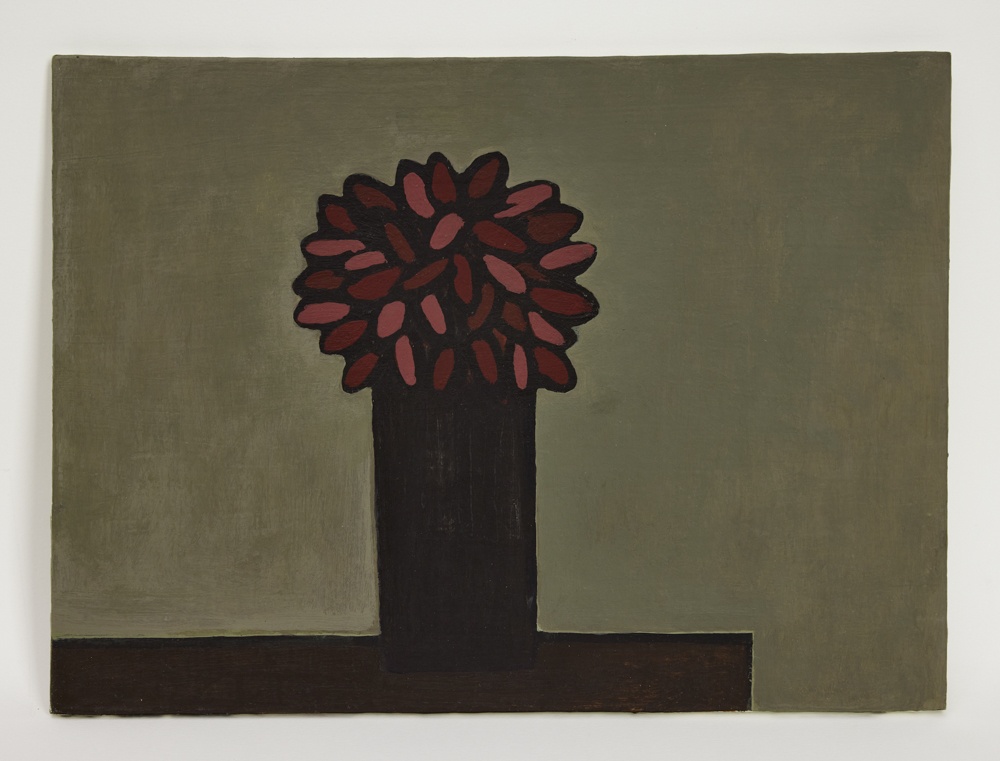
WILLIAM WRIGHT
FLOWERS XXIII
2021-22
UNITED KINGDOM
ACRYLIC ON GESSO PANEL
H8.5
W11.75
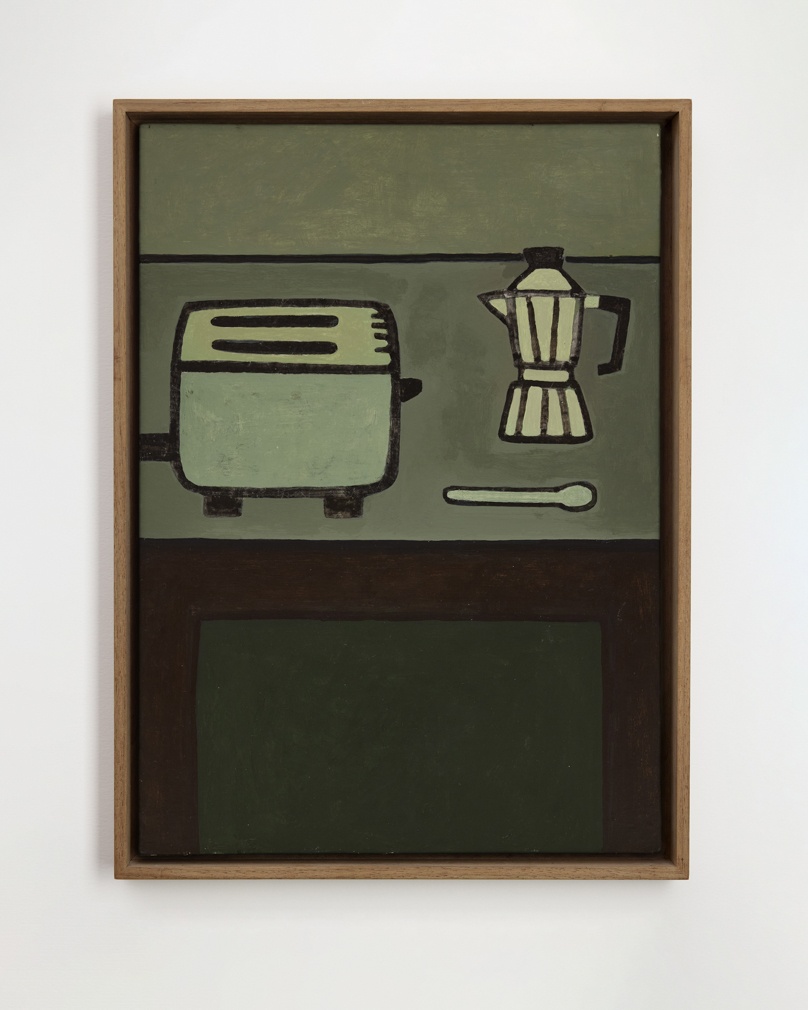
WILLIAM WRIGHT
STILL-LIFE WITH TOASTER, COFFEE POT AND SPOON
2021-22
UNITED KINGDOM
ACRYLIC ON GESSO PANEL
H14
W10
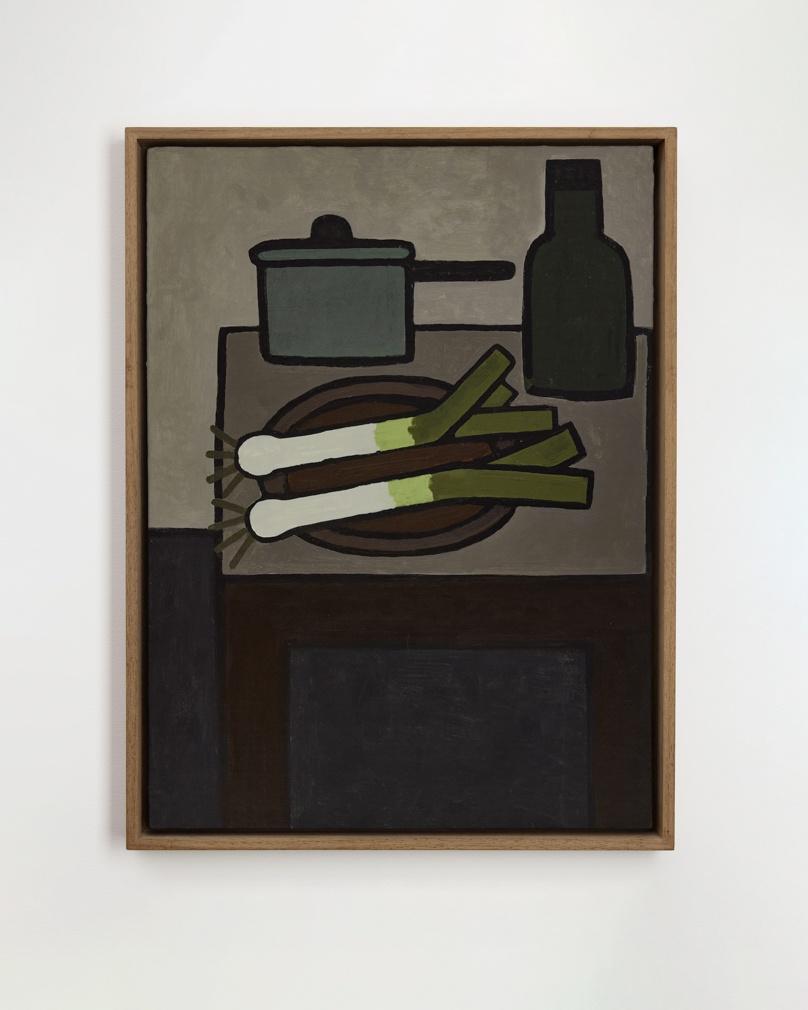
WILLIAM WRIGHT
STILL-LIFE WITH SAUCEPAN, BOTTLE, AND LEEKS
2021-22
UNITED KINGDOM
ACRYLIC ON GESSO PANEL
H16
W12
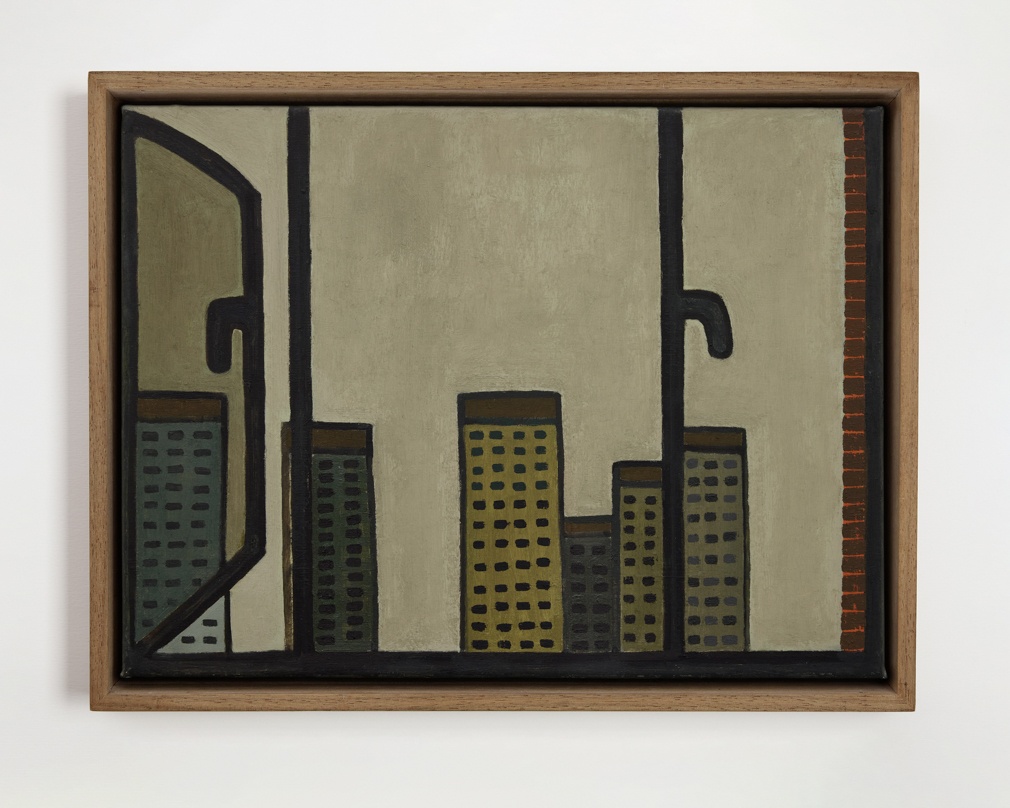
WILLIAM WRIGHT
OPEN WINDOW WITH TOWER BLOCKS
2022
UNITED KINGDOM
OIL ON CANVAS
H12
W16
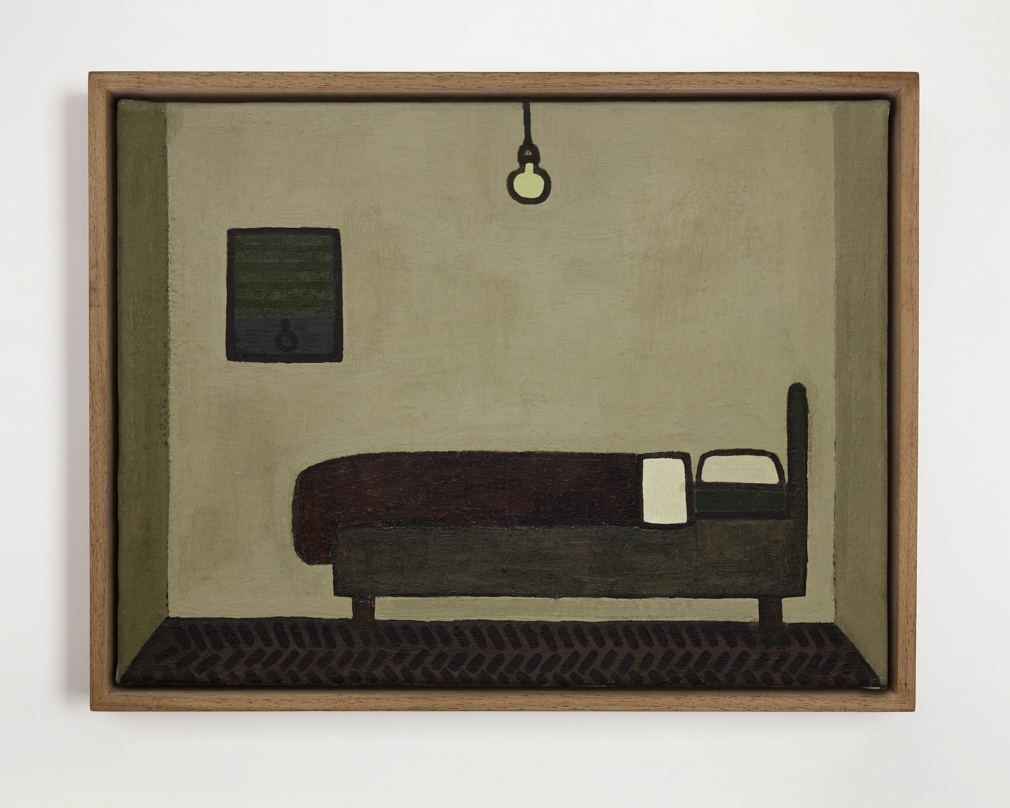
WILLIAM WRIGHT
PAINTER'S BED
2016-22
UNITED KINGDOM
OIL ON CANVAS
H12
W16
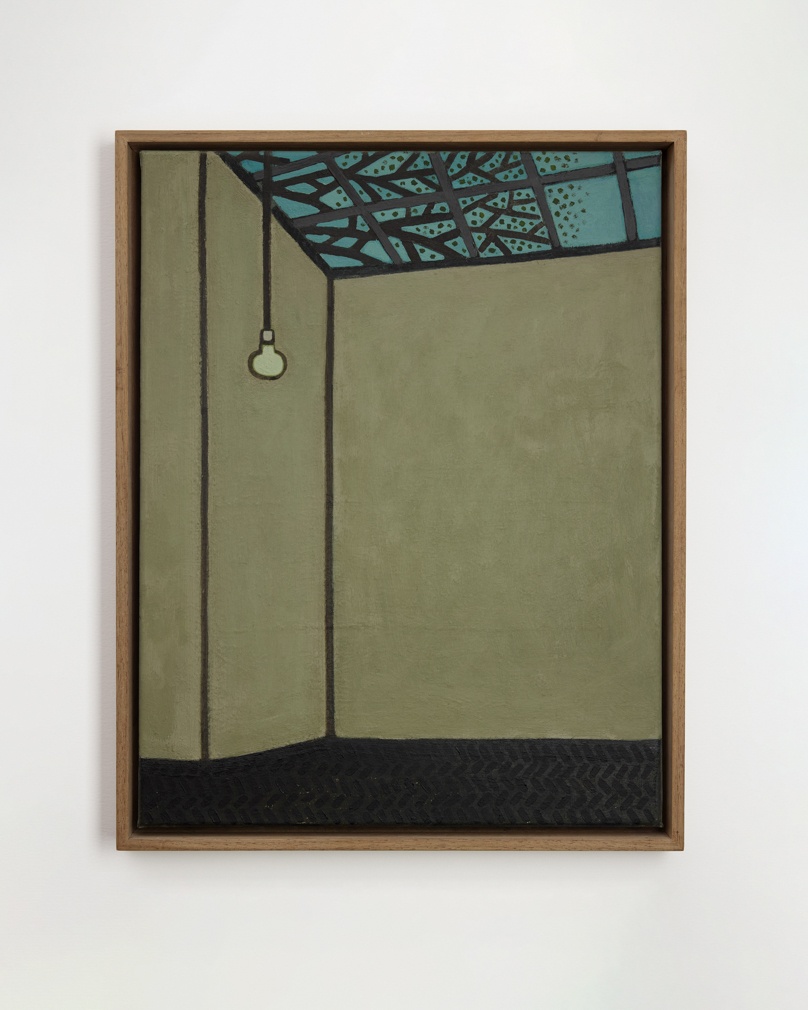
WILLIAM WRIGHT
BRANCHES SEEN THROUGH THE SKYLIGHT
2020-22
UNITED KINGDOM
OIL ON CANVAS
H18
W14
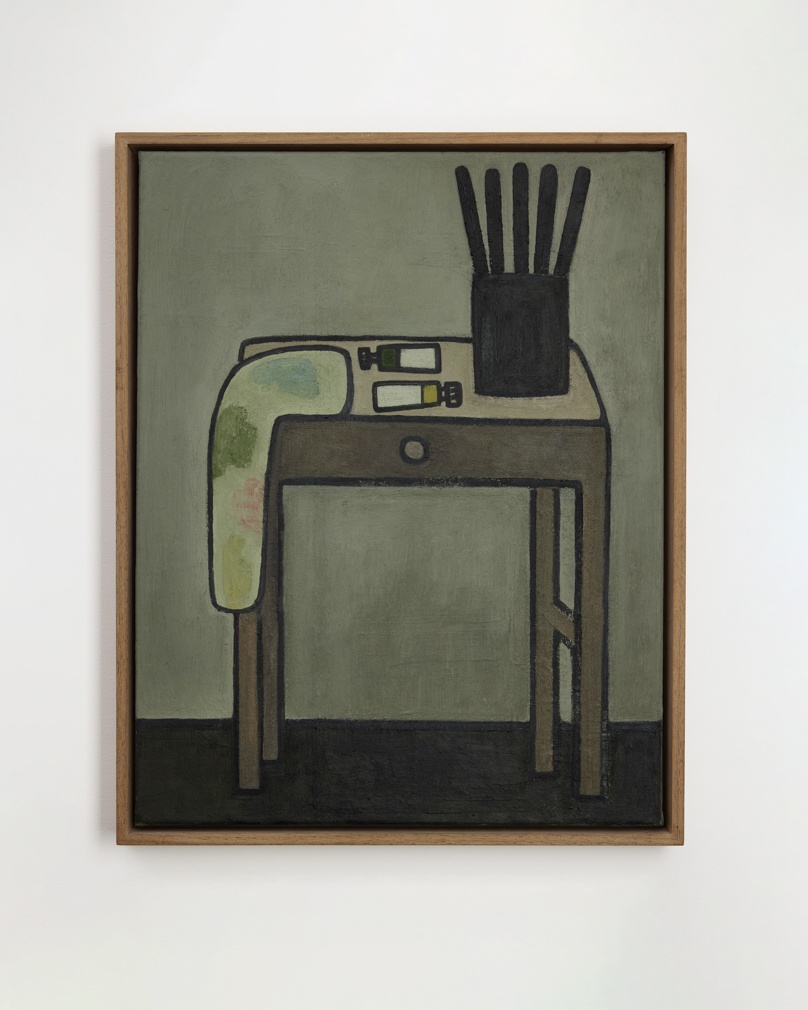
WILLIAM WRIGHT
STUDIO TABLE WITH BRUSHES, PAINTS AND RAG
2022
UNITED KINGDOM
OIL ON CANVAS
H18
W14
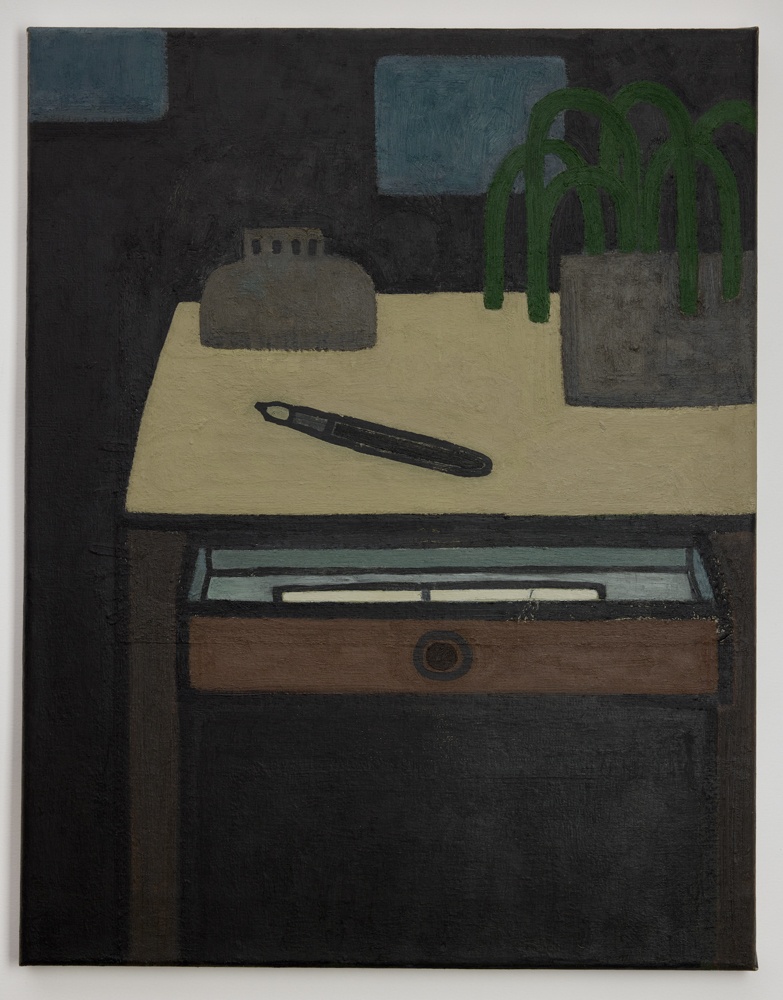
WILLIAM WRIGHT
THE WRITING DESK
2021-22
UNITED KINGDOM
OIL ON CANVAS
H18
W14
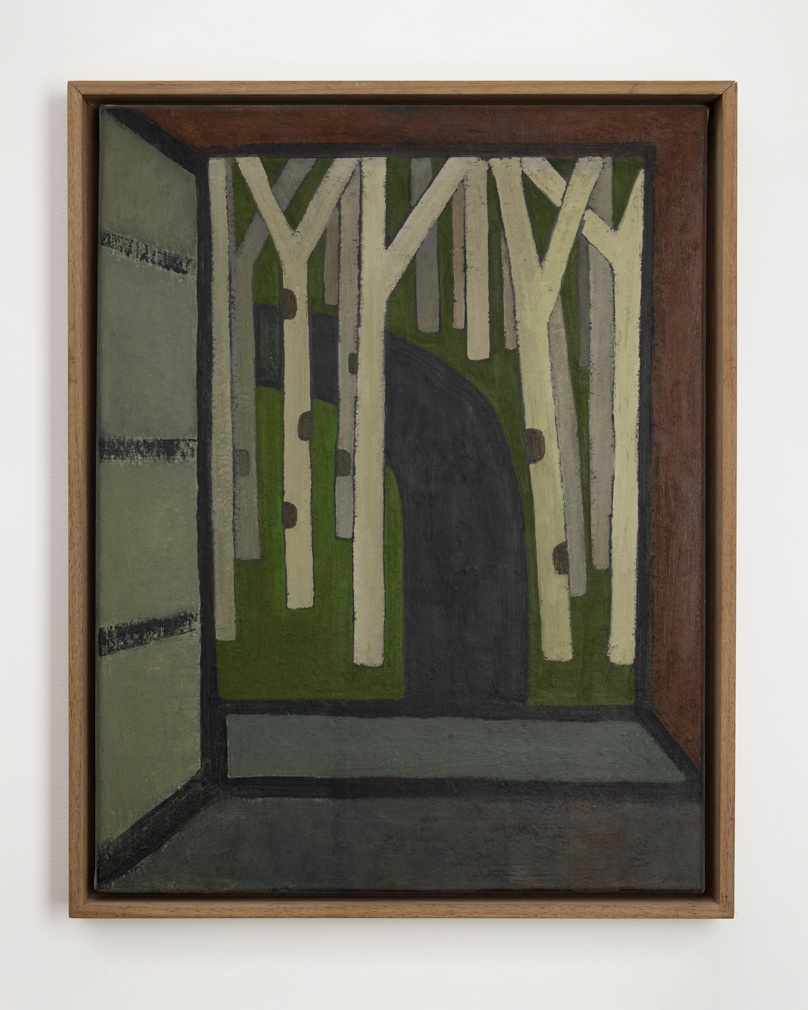
WILLIAM WRIGHT
WINDOW (PATH)
2010-21
UNITED KINGDOM
OIL ON CANVAS
H18
W14
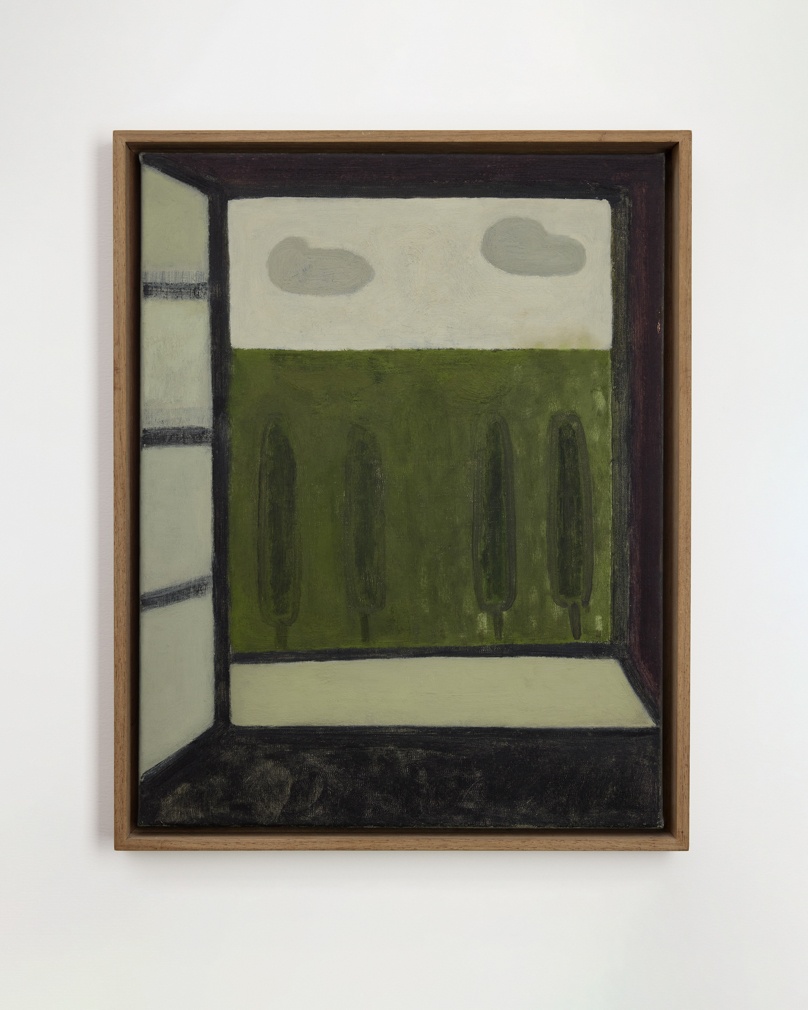
WILLIAM WRIGHT
WINDOW (LANDSCAPE)
2020
UNITED KINGDOM
OIL ON CANVAS
H18
W14
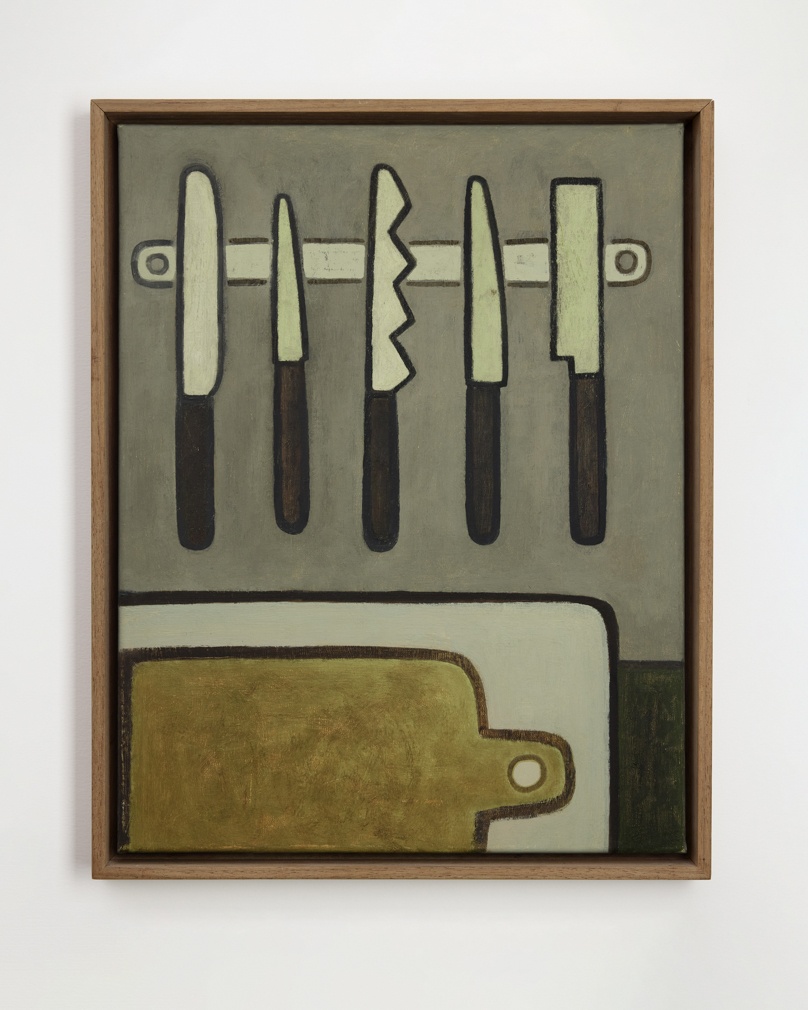
WILLIAM WRIGHT
STILL LIFE WITH KNIVES AND CHOPPING BOARD
2021
UNITED KINGDOM
OIL ON CANVAS
H18
W14
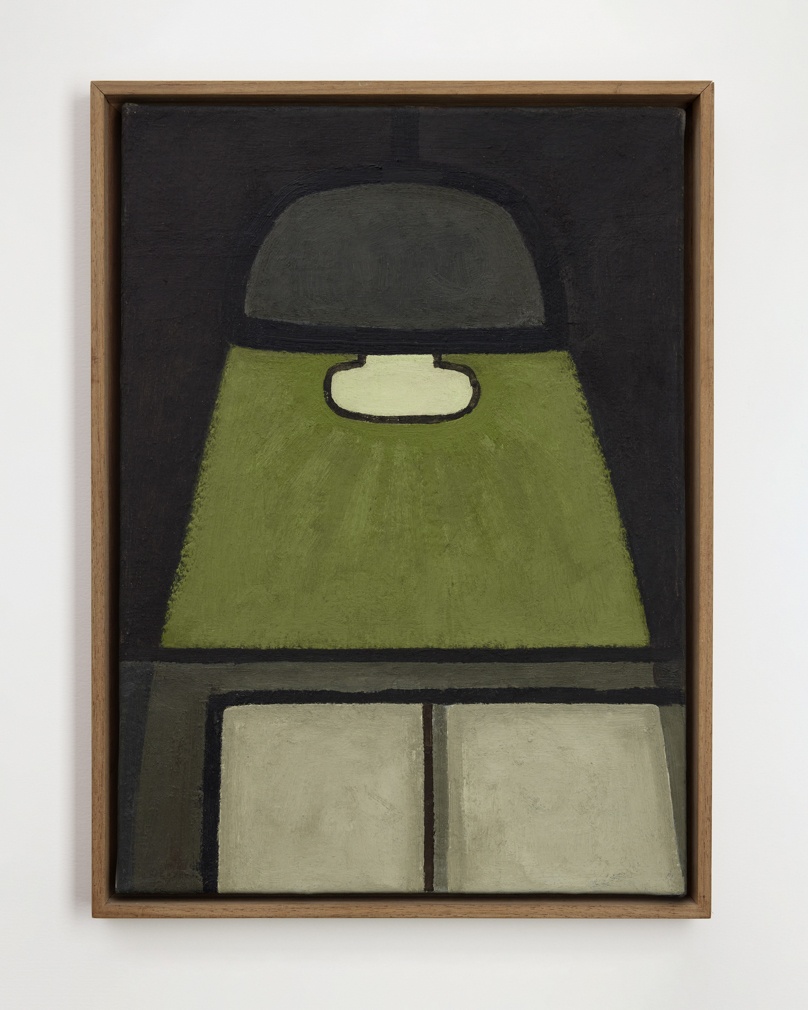
WILLIAM WRIGHT
THE READING LAMP
2013-22
UNITED KINGDOM
OIL ON CANVAS
H14
W10